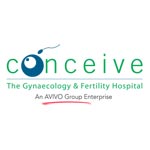![]() Jaipur, Rajasthan, India
Jaipur, Rajasthan, India ![]() Verified Supplier
Verified Supplier
We are leading name engaged as Manufacturer, Exporter, Supplier, Retailer and Service Provider of wide range of Medical Consultants & Treatment Centres, Medical Equipment & Supplies and Project Management etc...
